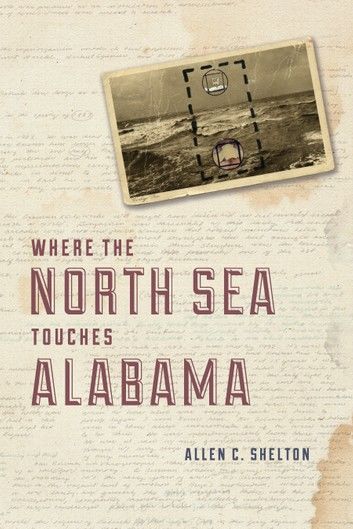| FindBook |
|
有 1 項符合
Allen C. Shelton的圖書 |
 |
$ 644 電子書 | Where the North Sea Touches Alabama
作者:Allen C. Shelton 出版社:University of Chicago Press 出版日期:2013-10-25 語言:英文  看圖書介紹 看圖書介紹
|
|
|
On a warm summer’s night in Athens, Georgia, Patrik Keim stuck a pistol into his mouth and pulled the trigger. Keim was an artist, and the room in which he died was an assemblage of the tools of his particular trade: the floor and table were covered with images, while a pair of large scissors, glue, electrical tape, and some dentures shared space with a pile of old medical journals, butcher knives, and various other small objects. Keim had cleared a space on the floor, and the wall directly behind him was bare. His body completed the tableau. Art and artists often end in tragedy and obscurity, but Keim’s story doesn’t end with his death.
A few years later, 180 miles away from Keim’s grave, a bulldozer operator uncovered a pine coffin in an old beaver swamp down the road from Allen C. Shelton’s farm. He quickly reburied it, but Shelton, a friend of Keim’s who had a suitcase of his unfinished projects, became convinced that his friend wasn’t dead and fixed in the ground, but moving between this world and the next in a traveling coffin in search of his incomplete work.
In Where the North Sea Touches Alabama, Shelton ushers us into realms of fantasy, revelation, and reflection, paced with a slow unfurling of magical correspondences. Though he is trained as a sociologist, this is a genre-crossing work of literature, a two-sided ethnography: one from the world of the living and the other from the world of the dead.
What follows isn’t a ghost story but an exciting and extraordinary kind of narrative. The psycho-sociological landscape that Shelton constructs for his reader is as evocative of Kafka, Bataille, and Benjamin as it is of Weber, Foucault, and Marx. Where the North Sea Touches Alabama is a work of sociological fictocriticism that explores not only the author’s relationship to the artist but his physical, historical, and social relationship to northeastern Alabama, in rare style.
|










